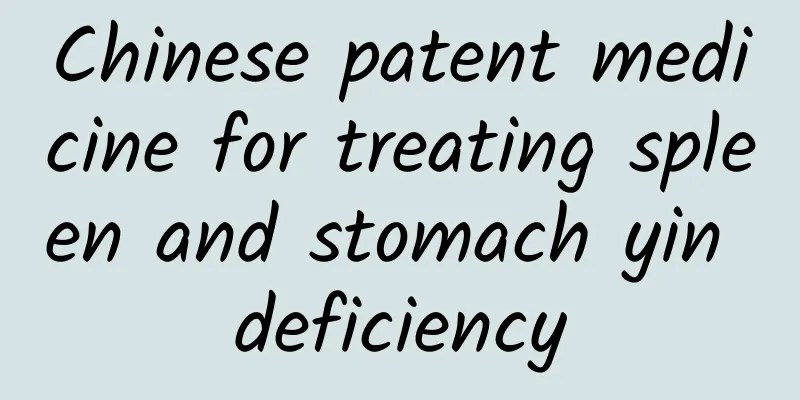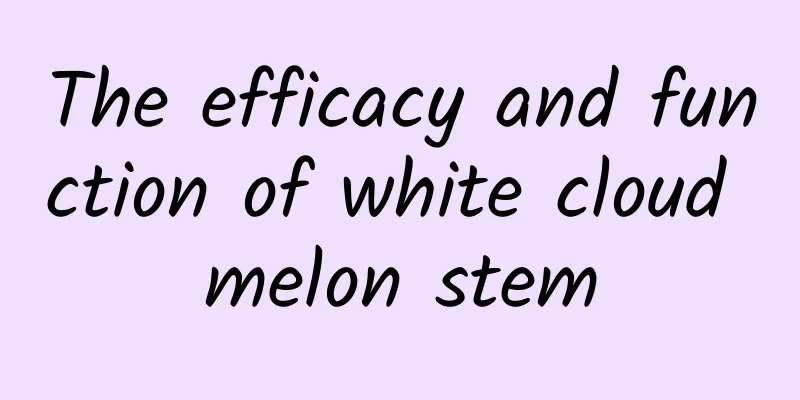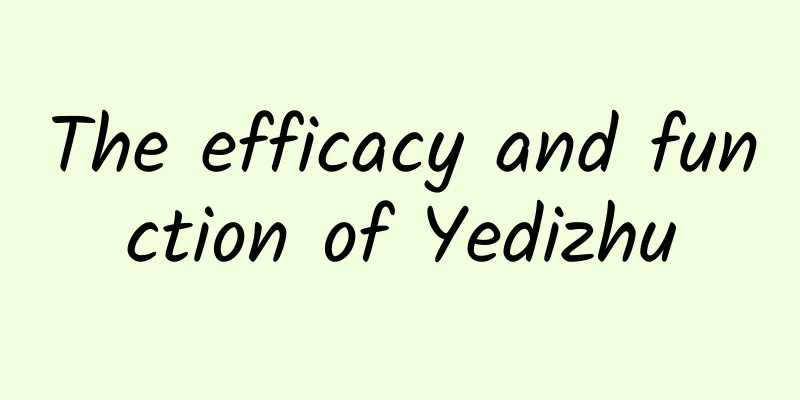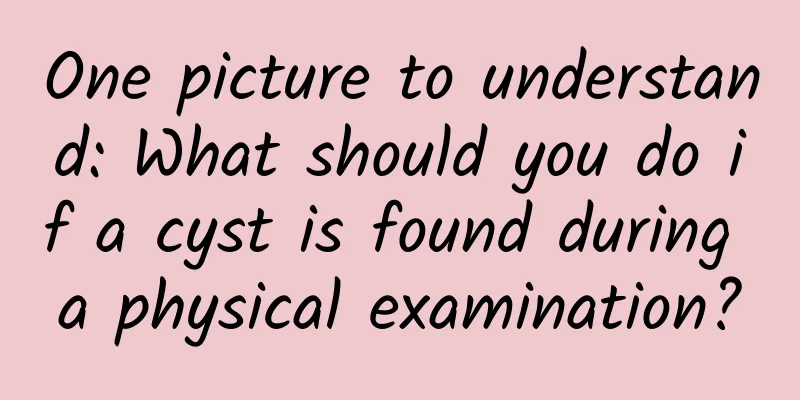Effects of Phellodendron chinense
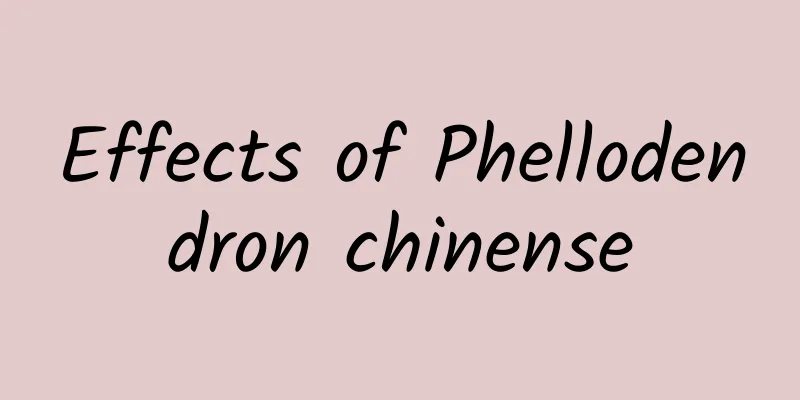
|
Huangbai is a relatively common Chinese herbal medicine and can be purchased in general Chinese medicine stores. This Chinese herbal medicine has a relatively broad range of effects and can be used to treat multiple areas of your body. Huangbo is cold in nature and tastes a bit bitter. It has a strong heat-clearing effect and can be used to treat jaundice in children. Its efficacy has a great impact on our lives. It is relatively rare to use Huangbo alone. Generally, it needs to be combined with other Chinese herbal medicines to achieve better results. Huangbo also has anti-inflammatory and bactericidal effects, and can be used to treat some skin eczema or athlete's foot. 1. Burns from water or fire Take equal parts of Phellodendron chinense and Licorice root and grind them into fine powder. In hot seasons, add 5%-10% borneol (2%-4% in cold seasons). When using, mix it with sesame oil and apply it to the affected area. If there are blisters, pierce them with a three-edged needle first, and then apply the medicine. Once a day, usually 2 to 5 times can cure it. Suitable for 1-2 degree burns. For burns above 3 degrees, Chinese medicine for clearing heat and detoxifying should be taken concurrently. 2. Paronychia Add 30 grams of Phellodendron chinense to 200 ml of water and boil it to obtain 50 ml of the medicinal liquid. After washing your feet, soak the Phellodendron chinense solution with absorbent cotton and wrap the affected toes around them. Cover them with plastic film and secure with adhesive tape to prevent the medicine from spilling out. The pain can be significantly relieved after the first use of the medicine. Change the dressing and re-bandage the next morning. Open it and let it air dry for 1 hour at noon, then continue to change the dressing and bandage. Generally, mild cases can be cured in 2 days. 3. Tinea pedis is commonly known as dampness of the feet, also known as "athlete's foot". You can grind Phellodendron into powder and sprinkle it on the affected area. For those with severe wetness and rot between the toes, use 20 grams of Phellodendron chinense, 30 grams of Sophora flavescens, 20 grams of Kochia scoparia, 20 grams of Dictamni cortex, and 15 grams of Alum. Boil them in water, remove the residue, let it cool, and soak the affected area, several times a day, each time for 30 minutes. 4. Lower limb sores and neurodermatitis Grind Phellodendron amurense into powder, first wash the affected area with hot water, then mix the Phellodendron amurense powder with new rice water and apply it; you can also mix it with sesame oil or rub it dry. 5. Acute and chronic purulent ear Add 30 grams of Phellodendron chinense to 250 ml of water, simmer for 30 minutes on low heat, filter out the residue, and concentrate to 20 ml for later use. First use hydrogen peroxide to clean the pus from the affected ear, wipe it dry and then drop the above medicine in, 3 times a day. 6. Ear eczema Mix 1 part of Phellodendron chinense powder and 1.2 parts of sesame oil into a paste and apply it once a day. Generally, after 1-2 applications, the wet and rotten surface will begin to dry and form a scab, and will basically improve or heal after 5-7 days. 7. Diaper dermatitis 10 grams of Phellodendron chinense, 30 grams of talc, and 1 gram of borneol are ground into powder and sieved to obtain the fine powder for later use. When using, wash the affected area with warm water and wipe it dry. Then use a sterilized cotton swab or gauze to dip the medicine powder and sprinkle it thinly on the affected area, 3 times a day. The above is a brief introduction to the effects of Phellodendron chinense. I hope that after reading it, you can know more and make better use of the medicinal value of Phellodendron chinense in your life. What I need to remind you is that if you want to take Huangbo as a decoction of Chinese medicine, you should consult a doctor in a regular hospital beforehand, so that you can get the right medicine for your condition. |
>>: Effects of Huoxiang Zhengqi Water
Recommend
Intensive knowledge output, what does tiger mean to the Chinese?
The tiger is one of the twelve zodiac animals and...
The efficacy and function of Feiyangcao [picture]
Feiyangcao [picture] is a common Chinese medicine...
They both lick water to drink, why are cats so much more graceful than dogs?
At first glance, you would think that there is no...
UN Tourism: World Tourism Barometer for September 2024
The report, titled "World Tourism Barometer,...
Effects and functions of beech bark
Beech bark is a traditional Chinese medicinal mat...
The efficacy and function of beef
Beef is something that many people are very famil...
Are smart children genetic or "chicken baby"? These twin studies show that it's not simple
In today's era where education is extremely i...
How many books have you read?
© Book Riot Leviathan Press: In 2006, a study on ...
Quick quiz: If a 2-meter-long shrimp asks you to shake hands, which hand should you extend?
About 90% of humans are right- handed, and only 1...
The efficacy and function of Buddha's nails
Buddha's nail is a kind of traditional Chines...
WTCF: World Tourism Cities Development Report 2022
The COVID-19 pandemic has had a profound impact o...
Don’t buy this kind of balloon! Why?
Audit expert: Zhou Hongzhi Senior Experimentalist...
The efficacy and function of water cypress branches
Chinese medicinal materials are very common, and ...
The bridge deck of a highway in Hubei overturned. From a professional perspective, here is a guide: Are single-column pier bridges safe?
At about 3:36 pm on December 18, a rollover accid...
What are the taboos of Cuscuta
Cuscuta australis is a common Chinese medicinal m...
